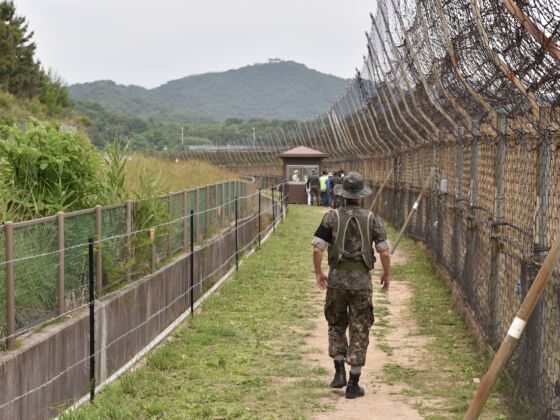TRAVELING TO DANGEROUS places is controversial.
A quick search of travel forums never disappoints for a debate on whether those journeying to pariah or unstable countries are independent-minded travelers discovering the facts for themselves or gullible assistants in legitimizing and indirectly funding condemned governments.
Both sides have been argued passionately and at length, but what is inevitable is that there are those who will continue to venture through such places. Many will continue to explicitly travel to such places as Burma. Others will journey to such zones indirectly – as those who travel from Cape to Cairo must cross Sudan and those who trek Nepal must be wary of areas affected by the Maoist insurgency.
I don’t think such travel should be motivated by simple thrill-seeking, treating areas of great human suffering as danger safaris. But when it is necessary to be in these areas, very careful attention should be paid to the details of the journey.
